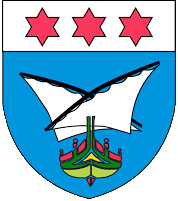History of the Locality The people who first colonized Gozo probably lived in the caves known as Il-Mixta on Għajn Għabdun plateau to the north-west of Gozo. This group soon spread in search of agricultural land and the present area of il-Qala, with its fertile soils must have soon been inhabited.
A temple might have also been raised in the present il-Qala area. Only a menhir, remains nowadays, but pottery sherds picked up from nearby suggest that the stone is possibly the sole surviving element of a megalithic structure of the Temple Period.
The defence of the eastern shoreline of Gozo was greatly enhanced in the 1730’s by the construction at Ras il-Qala of Saint Anthony’s Battery, referred to by the Qalin as It-Trunciera.
On 10 June 1798, the French, under General Napoleon Bonaparte, occupied Malta and Gozo. The inhabitants of il-Qala as well as their cattle rushed to the relative safety of Fort Chambray.





